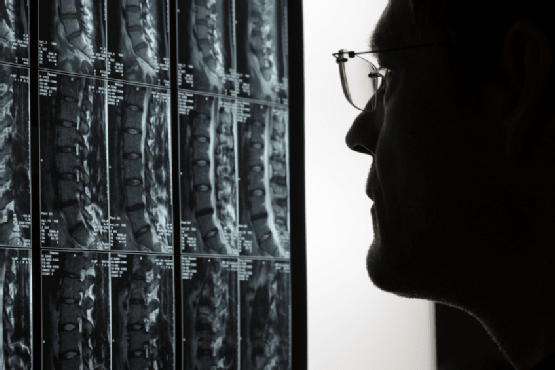Posterior Cervical Fusion vs. Cervical Replacement: Which Is Right for You?

Spinal abnormalities can cause cervical disease in one or more discs between the vertebrae. Conditions like arthritis can cause disc damage that results in neck pain from inflammation or muscle spasms. Pressure on cervical nerve roots can be so severe you may experience pain and even numbness. When conservative treatments don’t bring results, it may be time for surgery to remove the disc that is pinching your nerve or pressing on your spinal cord. Once your disc has been removed, your surgeon will have two options to close the space between the adjacent vertebrae.
Cervical Fusion
After the damaged disc is removed, a bone graft will be placed between the vertebrae. Sometimes, the bone graft will be held in place by a plate and screws to ensure that the fusion between the vertebrae heals properly. This is the most common surgery used after a damaged disc is removed. The one drawback of cervical fusion is that it can often result in a slight loss of range of movement in your neck.
Artificial Cervical Disc Replacement
An artificial cervical disc looks and moves like a natural disc but is made of metal. The artificial disc is placed between the vertebrae to take the place of the disc that was removed. Studies have shown that this newer technique is as effective as cervical fusion at improving neck and arm pain, and also helps you retain a greater range of movement than cervical fusion. In addition, an artificial cervical replacement can help reduce degeneration of the adjacent vertebrae. Furthermore, cervical disc replacement eliminates the need for a bone graft that can cause ongoing pain at the donor site.
If you are suffering from cervical pain and conservative treatments have been ineffective, schedule a consultation with Dr. Perry of the Spine Institute of Nevada. With his extensive experience and training, Dr. Perry, a board-certified surgeon, will use the most advanced techniques to relieve your back pain or neck pain.
